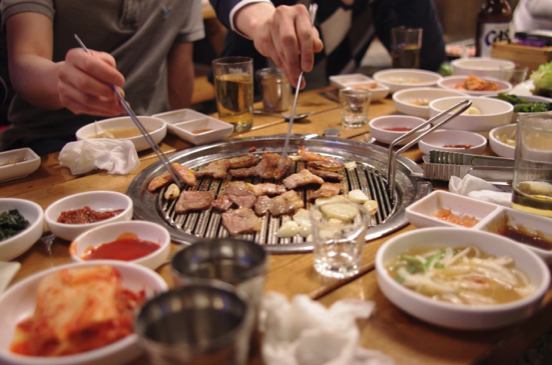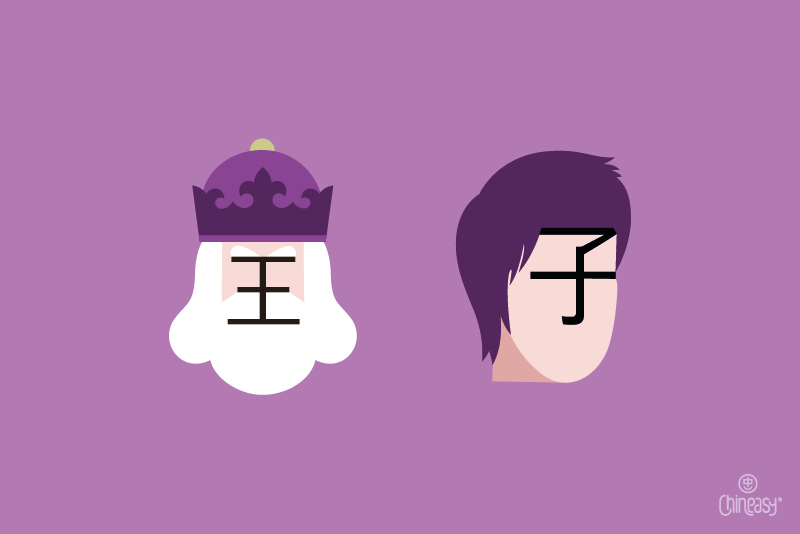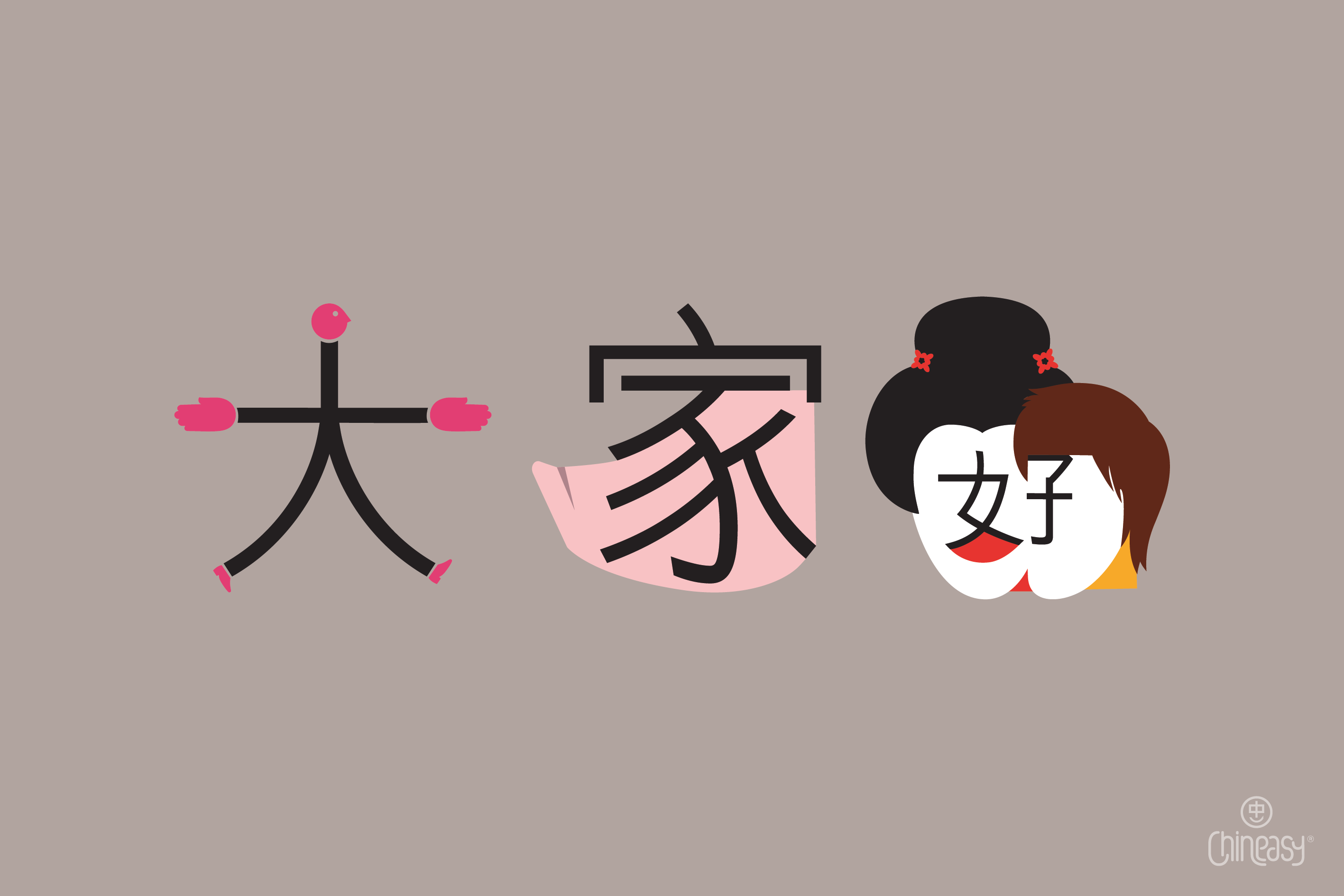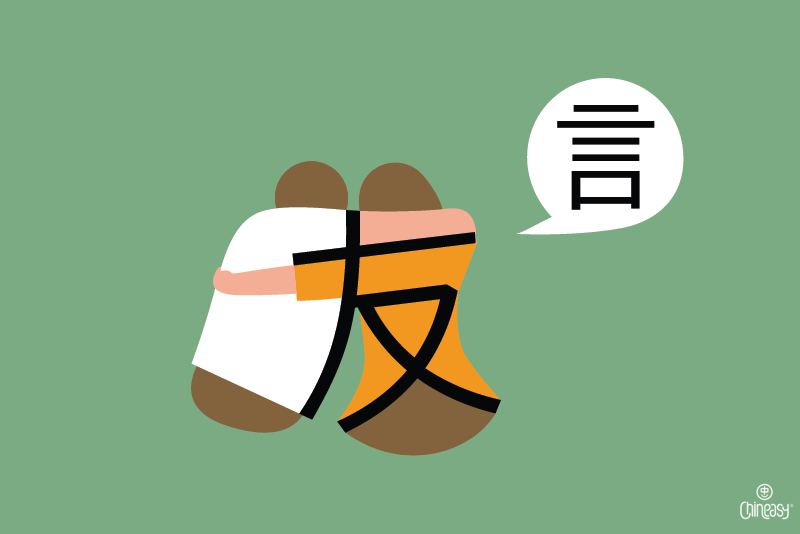It doesn’t matter what culture is involved. We all want to say and do the right things and avoid anything that would offend anyone.
When you cross borders, the task becomes more difficult. So many rules of etiquette are baked into the mix. You learn it from living it. It takes on another meaning when you cross from western to eastern cultures.
Our guide will give you the must-know things about dining etiquette in China, whether you’re traveling, dining out, or going to someone’s home. Here are some tips to help you get familiar with authentic Chinese dining.
General Rules to Remember
Politeness and decorum are central to Chinese dining etiquette. If you stay on this track, you’re doing well as a guest. Many things are common sense, such as arriving on time. Fashionably late is rude. Likewise, dressing too informal is equally unwelcome. Respect (尊重; zūnzhòng) is the keyword.
Where to Sit and Begin
A lot depends on how formal the occasion is. If there is a guest of honor—and if it’s you—that person takes their place first. When you sit down, the others follow. When you start eating, it’s the same.
Your place setting will likely include chopsticks (筷子; kuàizi), a bowl (碗; wǎn), a cup (杯子; bēizi), and a saucer or shoyu dish for soy sauce (酱油; jiàngyóu). There may also be a rest for the chopsticks to place them in between courses or bites and a soup spoon.
Modern times bring new rules, too. Do not have your cell phone with you at the table. If you’re in a restaurant, turn it off or at least silence it. Many formal establishments request these common courtesies, anyway.
Serving Food
You’ll likely find communal servings of the different courses. Only use the utensils provided to serve yourself. No cherry-picking for the best pieces, either. Your meal will consist of dishes popular among Asians. It may include baijiu, a potent Chinese spirit.
Using Chopsticks
The purpose of the chopsticks is to grasp food. It is not something you use to stir anything or pierce foodstuffs like a fork.
Also, never point with the chopsticks. Remember, dining is a more formal experience, according to Chinese etiquette. Likewise, make sure when you place them on the rest that they aren’t directed at anyone seated opposite of you. Think of it like pointing your finger at someone. You can use them to slice food in half. It’s also okay to hold something down with a chopstick to tear it into manageable pieces.
If You Aren’t Comfortable Using Chopsticks
If you haven’t mastered using chopsticks (筷子; kuàizi), your host will provide a fork (叉子; chāzi). However, you probably won’t get a knife (刀子; dāozi) as it has a different connotation that isn’t appropriate for the table.
However, it’s okay to pick up your bowl of rice and scoop it into your mouth. You can also do the same with your soup bowl without offending anyone. And it’s not rude to use your hands. Your host will likely provide you with a towel and a bowl of water.
Other Tips
There are a few other things to remember about using chopsticks. They are utensils meant for your use alone. Don’t share food with someone else using them. When you’re not eating, put them down until you need them again. And certainly, don’t play with them or make noise with them.
Accept any foods you are offered, especially if you’re eating in someone’s home. Remember that food is a gift that is shared among loved ones and guests. Act accordingly.
A word to the wise: The essence of Chinese culinary arts is a strong family tradition with respect for elders. Save the off-color, political, or controversial dinner topics for another time and place.
Finally, if a host pays for the restaurant meal, let them. You can offer to pick up part of the tab if that makes you feel more comfortable. Grabbing the check sends a different message than you realize.
The Chinese food culture and its traditions have been passed down through the generations for hundreds of years. Many of the subtleties and niceties have deep roots.
Final Thoughts About Chinese Etiquette
The formal and unspoken rules of Chinese etiquette aren’t very different from any other dining experience. You treat the food, occasion, and other guests politely and with dignity. Praising your host and thanking them are all welcome gestures, too. Remember that it is a shared meal and a gift to you as their guest.




